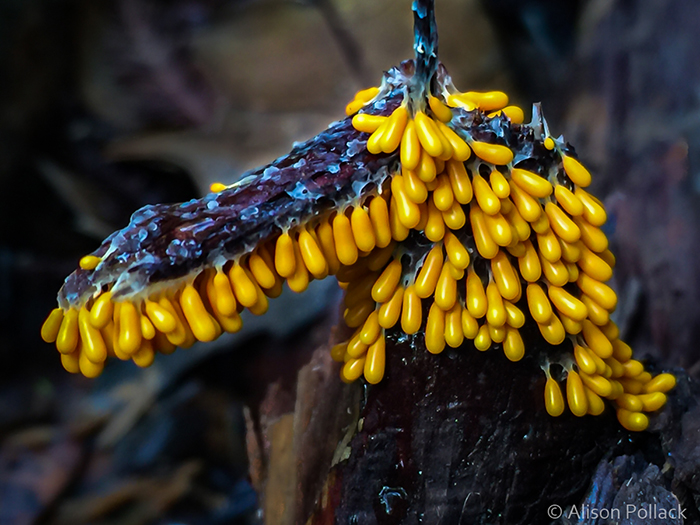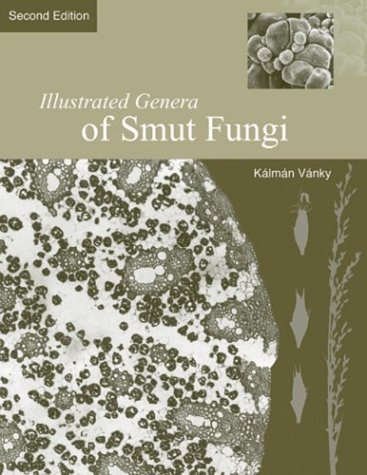




Fungi are opportunistic organisms that resemble both plants and animals but are actually neither. Fungi:
There are about 148 thousand identified species of fungi; a 2011 article suggests the total number is 5.1 million species.
Related reading:
*= in LHL print collection
 Microfungi on land plants : an identification handbook
by
Microfungi on land plants : an identification handbook
by
 Morfometrii︠a︡ i sistematika gribov
by
Morfometrii︠a︡ i sistematika gribov
by
 Mushrooms of the world. With 186 color plates
by
Mushrooms of the world. With 186 color plates
by
 The rust fungi of cereals, grasses and bamboos
by
The rust fungi of cereals, grasses and bamboos
by
 Illustrated Genera of Smut Fungi
by
Illustrated Genera of Smut Fungi
by